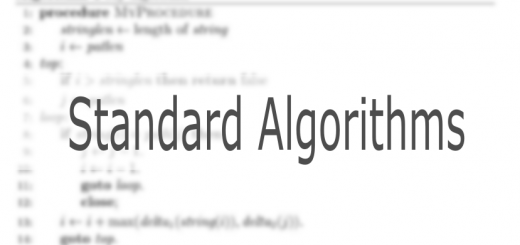Technique – Relational Databases Alternative Conceptions
Summary of Technique
Office mix
This technique is used to interrogate pupils’ knowledge of relational databases by looking at alternative conceptions. A list of known alternative conceptions (see the approach post here) is used as the basis for a question set. The questions can act as a diagnostic test, by providing feedback to pupils on why their understanding is flawed. The questions can also be used to get pupils to provide their own explanations for each question. This also provides a good forum for class discussion.
Exercise(s) for Teachers
Introductory slides and a list of common misconceptions may be downloaded.
Ways of Using the Technique in the Classroom
A small number of questions from the question banks provided can be given to class and they should record their answers. A whole class review would then take place for each question to determine whether the students have a clear understanding of the underlying concepts or are they suffering from a common misconception or are they simply lacking in knowledge.
Use the question as a diagnostic test
As the teacher, keep the answer secret. Ask pupils to answer questions without providing any help or further explanation. Use the feedback session and knowledge of the alternative misconception to guide pupils towards further understanding.
Use the question and ask pupils to explain why answers are correct/incorrect
When pupils provide an answer, they must also specify why it is right and why they have chosen this, and even why the other answers are wrong. This is similar in approach to Peer Instruction and the approaches can be combined. This will ensure that they have a clear understanding of the database concept.
Benefits for Learners
- Stronger understanding of alternative misconceptions based on feedback
- A chance to interrogate their own understanding of a concept through discussion or explanation
- The opportunity to consolidate existing knowledge.
Tips for Creating New Exercises
The list of alternative misconceptions is an ideal point to start when creating new questions. It may also help to look at previous materials in order to create generic questions.
Perhaps the best source is the students themselves; why not ask them which areas of relational databases they find difficult to comprehend.



